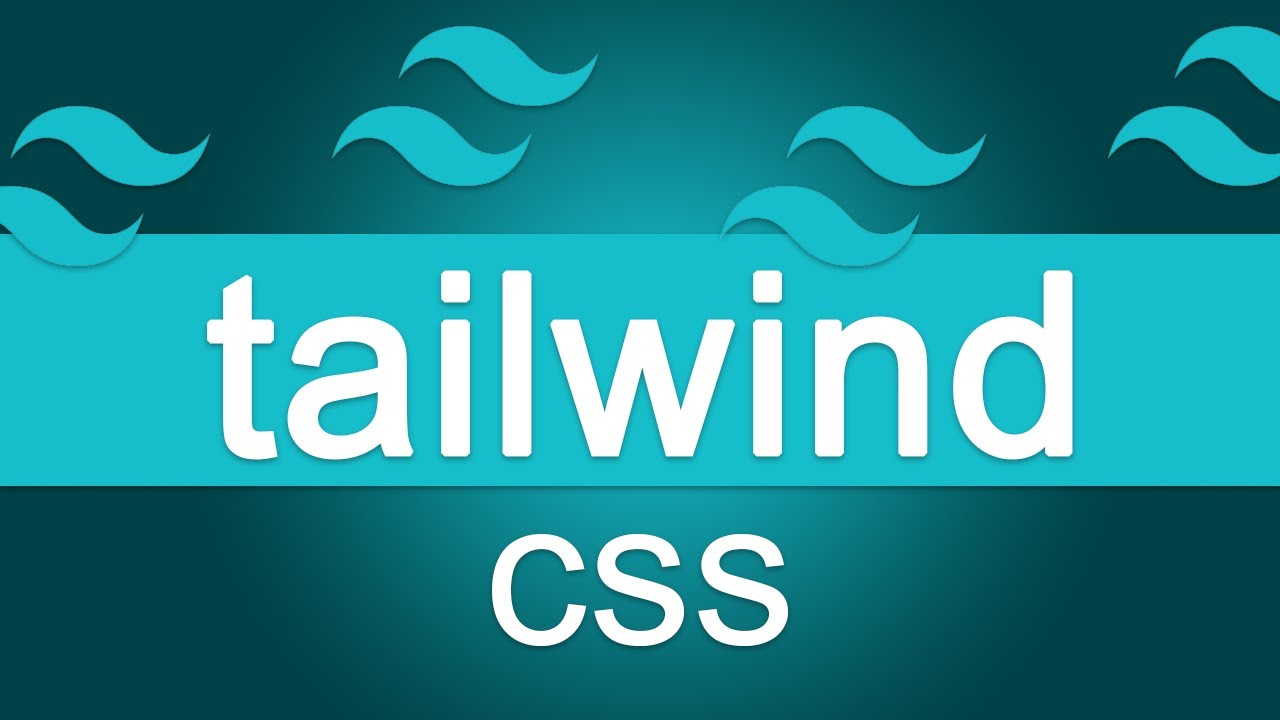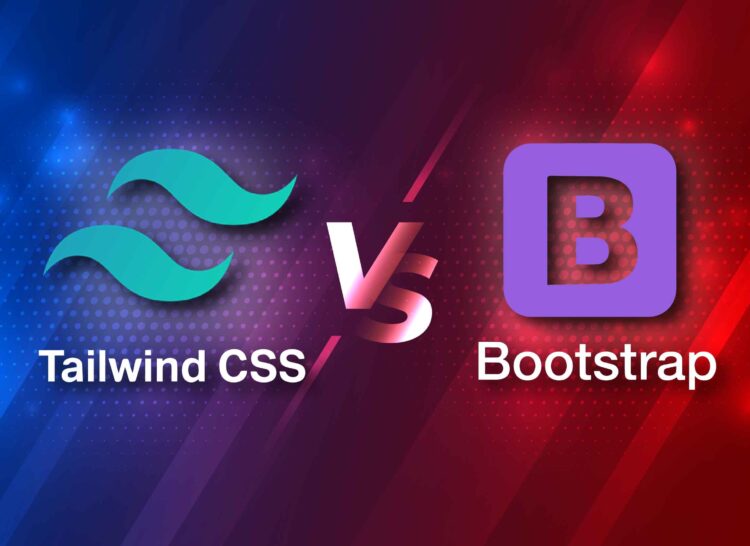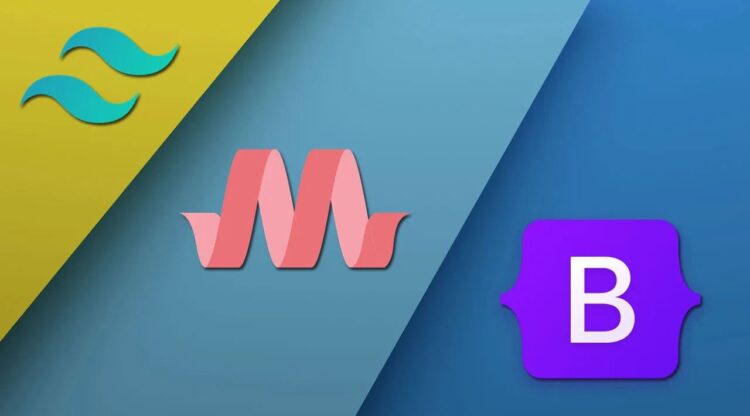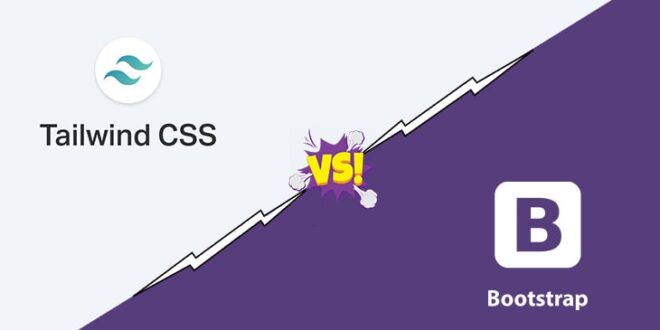Styling is the backbone of excellent frontend user interface design. With time, a lot of styling languages have been developed to make it easier for programmers. I am sure that any programmer is aware of Bootstrap, but I am not sure how many are aware of Tailwind CSS.
This article will go through both Bootstrap and Tailwind CSS and, by the end, know which is better.
What is Bootstrap?

Bootstrap is an open-source HTML, CSS, and JS library geared towards the development of mobile-friendly and responsive web pages.
It includes design models for typography, shapes, buttons, navigation, and other interface components that are based on CSS and JavaScript. The main reason for using it in a web project is to apply Bootstrap’s color, scale, font, and layout options to that project.
When Bootstrap is applied to a project, it provides simple style definitions for all HTML elements. As a result, prose, tables, and type elements appear consistently across web browsers. Furthermore, developers may use CSS classes specified in Bootstrap to customize the appearance of their contents further.
To link CSS to HTML, you can establish a connection between the HTML file and the external CSS file containing the Bootstrap styles, enabling the HTML elements to be styled according to Bootstrap’s predefined classes and design models.
Bootstrap includes a number of JavaScript components in the form of jQuery plugins. They incorporate extra user interface elements, including dialog boxes, tooltips, and carousels. Each Bootstrap part is made up of HTML, CSS declarations, and, in some cases, JavaScript code. They also enhance the functionality of existing interface components, such as an auto-complete feature for input fields. This Bootstrap documentation will guide you on installation and use.
What is Tailwind CSS?

Tailwind CSS is a utility-first CSS platform for rapidly creating custom user interfaces, as per the official documentation. I think of it as a cool way to write inline styling and build an amazing GUI without writing a single line of CSS.
Getting started
Tailwind and its peer-dependencies should be installed using npm for most projects (and be sure to take advantage of Tailwind’s customization features). If you do not have it yet, Install Tailwind CSS via npm.
What Tailwind has to offer
Frameworks such as Bootstrap have abstracted component construction to the point that it forces developers to use only the available patterns. The same is true for other UI kit-like frameworks.
Another issue I’ve noticed with Bootstrap sites is that they almost all look the same, which limits our ability to bring innovation into the development environment. One of Tailwind CSS’s advantages is its ability to quickly create complex user interfaces without encouraging any two sites to look the same. Tailwind CSS offers what we call,” Utility-First” library.
Meaning of Utility-First
Tailwind is a utility-first library, which means that, unlike Bootstrap, it does not provide us with automatically pre-styled components. Rather, it provides us with utility classes that assist us in styling our components in specific ways and the ability to create our own classes using these utility classes.
Bootstrap vs Tailwind CSS

Bootstrap has developed over the years, which means it has a larger community, unlike Tailwind CSS.
Bootstrap has been around for over nine years and, as the most common CSS Framework, it has a huge developer community, forums, tools, and so on. There are countless Stackoverflow threads that address almost every query you may have about specific circumstances.
In the case of Tailwind CSS, there is still much space for growth in terms of its community; however, it is growing daily, as is the number of resources and websites related to it.
Working with Tailwind CSS entails using a collection of utility classes that allow you to work with only what you need. This, in my view, is a clever way to build user interfaces that are more accessible to developers’ imagination.
Github contributions
Bootstrap has been in the market for nine years, and its growth was inevitable. It has a total of 72.8k forks, 1190 contributors and is used by 2.4m people. Its popularity among web developers is high. On the other hand, Tailwind CSS has 1.8k forks in a matter of 3 years in the market,165 contributors, and used by 172k people.
Examples
Below are examples on how to create a button in Bootstrap and tailwind css
Bootstrap
<button type=“button” class=“btn btn-outline-primary”>Primary</button>
Creating a button in bootstrap is pretty straightforward.
Tailwind css
button:focus {
outline: 1px dotted;
outline: 5px auto -webkit-focus-ring-color;
}
As you can see, Tailwind allows you to customize your button with the color and size you prefer. It also eliminates the burden of having to worry about how your buttons will look overall. This customization means that your user interface can stand out from the usual bootstrap website templates.
The Bottom Line

Both Tailwind CSS and Bootstrap are remarkable frameworks. However, if you are new to web development, you might be confused by the two. In my opinion, Tailwind CSS is quite impressive, so if you are looking to create custom websites and are willing to learn, then follow the Tailwind CSS documentation and enjoy the learning process.
Now, coding is an integral part of any programmer, and you cannot do so without a dependable screen. For you to have an improved experience, consider coding with a high-quality LED mesh screen, as it allows you to split your screen, and you can have all your codes within reach, click here for more info. You do not need to switch between tabs every time you want to make any changes to your code.
Ultimately though, just keep in mind that every framework has its challenges.
 Hi Boox Popular Magazine 2024
Hi Boox Popular Magazine 2024



